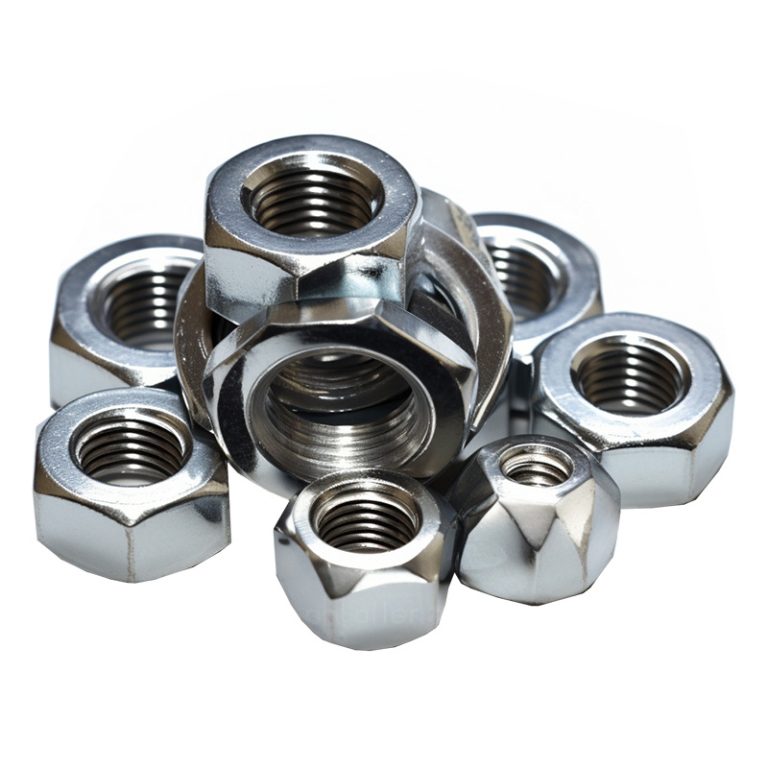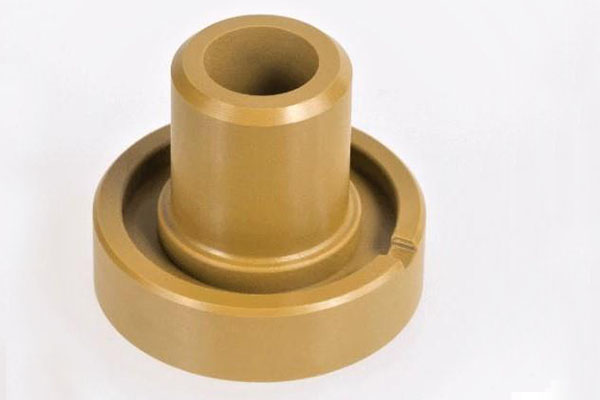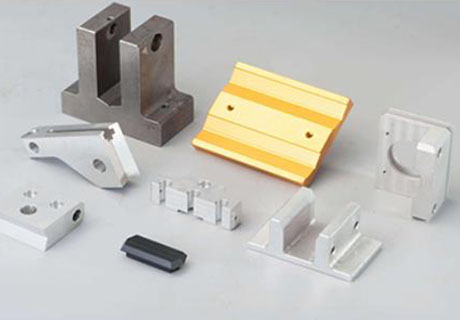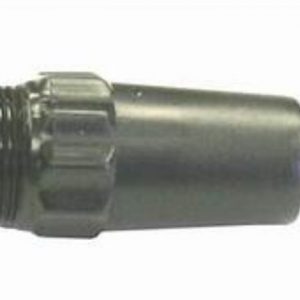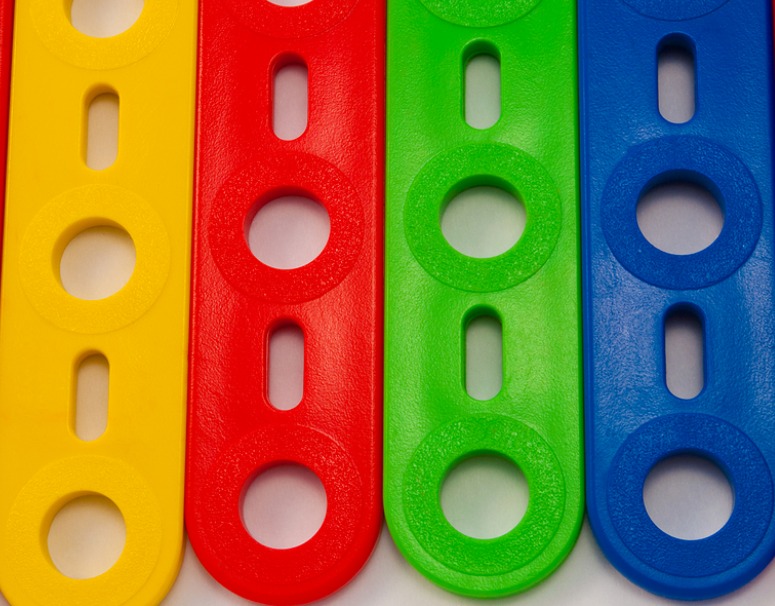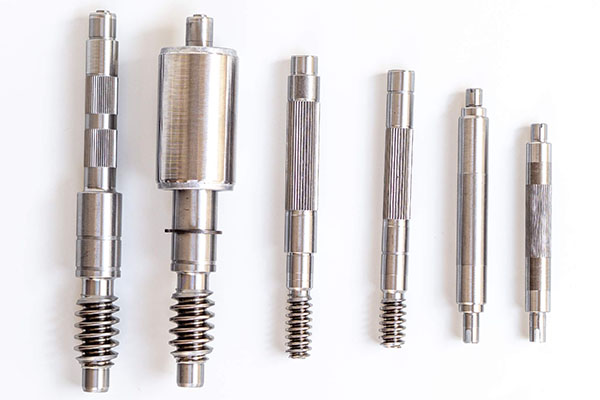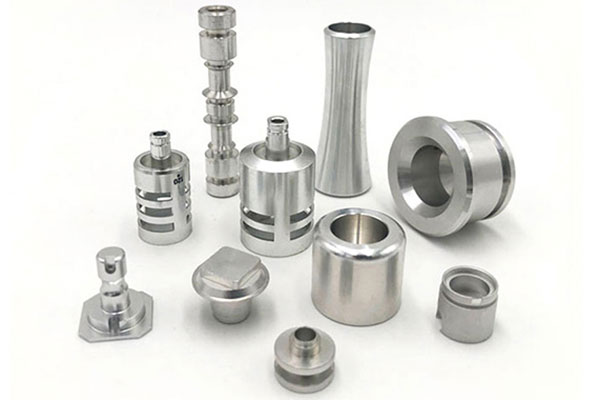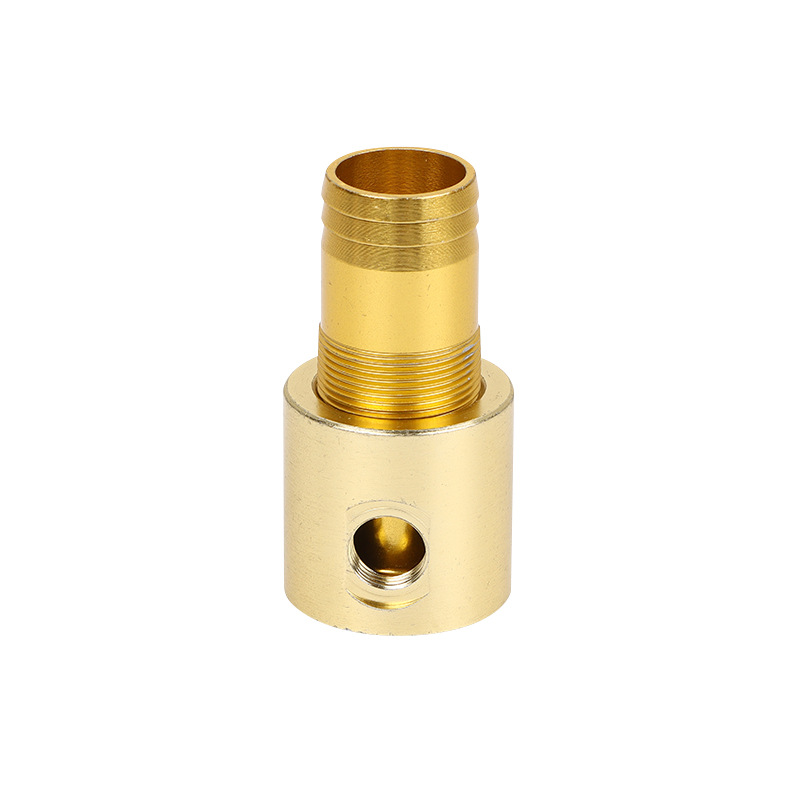Manufacturers across industries face a common challenge: how to make surfaces tougher, more resistant to wear, and longer-lasting without adding bulk or sacrificing precision. A drill bit wears down after a few hours of cutting steel, a car’s chrome trim rusts in salty weather, or a medical instrument’s surface reacts with bodily fluids. Traditional plating or painting can’t keep up—they’re too thick, prone to chipping, or contain harmful substances. What’s needed is a way to apply ultra-thin, tightly bonded coatings that enhance performance at the molecular level. This is where surface treatment Physical Vapor Deposition (PVD) delivers. By vaporizing materials in a vacuum and depositing them as thin films, PVD creates coatings that are harder, more uniform, and more durable than conventional methods—solving these critical pain points with precision. In this guide, we’ll explore how PVD works, its key types, properties, and how it transforms surfaces across industries.
Introduction to Physical Vapor Deposition (PVD)
Physical Vapor Deposition (PVD) is a family of vacuum-based coating processes that create thin, high-performance films through physical rather than chemical means:
- Definition: PVD is a technique where a solid material (metal, ceramic, or alloy) is vaporized in a vacuum chamber, then condensed onto a substrate to form a thin coating (0.1 μm to 10 μm thick). The process uses physical forces—heat, plasma, or lasers—to generate vapor, avoiding chemical reactions.
- Historical background: PVD’s roots lie in 19th-century experiments, but modern PVD emerged in the 1960s with the development of sputtering and ion plating. Early applications included coating spacecraft components and cutting tools. Today, PVD is a $15 billion global industry, essential for electronics, automotive, and medical manufacturing.
- Basic principles: PVD works in three stages: (1) vaporization of the source material, (2) transport of vapor particles through the vacuum (free from air interference), and (3) condensation onto the substrate. The vacuum (10⁻³ to 10⁻⁸ Torr) ensures pure, uniform deposition even on complex shapes.
- Industrial significance: PVD coatings extend tool life by 3-10x, reduce maintenance costs by 40% in automotive applications, and enable miniaturization in electronics. Over 80% of high-performance cutting tools use PVD, and it’s critical for producing scratch-resistant smartphone screens and biocompatible medical implants.
- Environmental considerations: PVD is far greener than electroplating, using no toxic electrolytes or heavy metals. It generates minimal waste—spent targets (source materials) are recyclable, and processes use inert gases (argon) that don’t release pollutants. Modern PVD systems meet strict regulations like RoHS and OSHA.
- Comparison with other surface treatments: PVD outperforms traditional methods in key areas:
| Feature | PVD | Electroplating | Thermal Spraying |
| Coating Thickness | 0.1-10 μm (precise) | 1-20 μm (variable) | 50-500 μm (thick) |
| Hardness | 1000-3000 HV | 100-500 HV | 300-1500 HV |
| Adhesion | Excellent (10-50 N/cm²) | Good (5-20 N/cm²) | Moderate (3-10 N/cm²) |
| Uniformity | High (±5% thickness) | Low (edges thicker) | Low (variable) |
Types of PVD
PVD techniques vary by how they vaporize the source material, each optimized for specific materials and applications:
- Thermal Evaporation: Uses heat to vaporize materials—simple and cost-effective for metals (aluminum, gold) and some ceramics. Resistance heating (tungsten filaments) works for low-melting metals, while electron beams handle high-melting materials (titanium, silicon). Common in optics (mirror coatings) and jewelry.
- Sputtering: Plasma ions (usually argon) bombard a solid target, ejecting atoms that deposit on the substrate. It’s versatile, handling metals, alloys, and ceramics (titanium nitride, aluminum oxide). Sputtered coatings are dense and uniform, ideal for semiconductors and decorative finishes.
- Magnetron Sputtering: Adds magnetic fields to trap plasma near the target, increasing deposition rate by 2-5x. It’s the most widely used PVD method for industrial coatings—from automotive trim (chrome-like finishes) to tool coatings (titanium aluminum nitride).
- Ion Plating: Combines evaporation with ion bombardment of the substrate, improving adhesion by cleaning and activating the surface. The ions (argon or nitrogen) compact the coating, making it denser. Used for aerospace components and cutting tools requiring high durability.
- Cathodic Arc Deposition: Uses an electric arc to vaporize the target, creating a high-energy plasma. The resulting coatings are extremely hard (2000-3000 HV) but slightly rough, ideal for wear-resistant applications like pump parts and turbine blades.
- Pulsed Laser Deposition (PLD): A high-power laser ablates the target, vaporizing material in a precise, controlled manner. PLD creates complex coatings (e.g., superconductors, oxides) with stoichiometric precision, used in research and advanced electronics.
Properties of PVD Coated Surfaces
PVD coatings are engineered to enhance surface performance across multiple dimensions:
- High hardness: Ceramic PVD coatings (titanium nitride, TiN; chromium nitride, CrN) reach 1500-3000 HV—5-10x harder than uncoated steel. This hardness reduces wear in cutting tools, extending their life by 3-10x.
- Wear resistance: PVD coatings have low friction coefficients (0.1-0.5), reducing abrasive and adhesive wear. For example, TiAlN-coated drills can machine 500+ stainless steel parts vs. 50 with uncoated drills.
- Corrosion resistance: PVD films like aluminum oxide (Al₂O₃) and chromium nitride act as barriers, protecting substrates from moisture, salt, and chemicals. PVD-coated marine hardware withstands 10,000+ hours of salt spray testing (ASTM B117).
- Aesthetic appeal: PVD creates durable decorative finishes in gold (TiN), black (CrN), bronze (zirconium nitride), and chrome-like (chromium). These coatings resist tarnishing and scratching, ideal for jewelry, watches, and automotive trim.
- Dimensional accuracy: Thin PVD coatings (0.1-5 μm) preserve tight tolerances (±0.001 mm), critical for precision parts like gears, bearings, and medical instruments where even minor thickness changes affect performance.
- Adhesion: Ion bombardment during deposition ensures strong bonding (10-50 N/cm² in pull tests). PVD coatings resist peeling even under thermal cycling (e.g., engine parts heated to 500°C) or mechanical stress (e.g., bending metal sheets).
- Thermal resistance: Some PVD coatings (titanium aluminum nitride, TiAlN) withstand temperatures up to 800°C, making them ideal for high-heat applications like turbine blades and exhaust components.
Applications of PVD
PVD coatings solve performance challenges across diverse industries:
- Tooling: Cutting tools (drills, end mills, inserts) use TiAlN and TiN coatings to reduce friction and heat, enabling faster cutting speeds (20-50% higher) and longer life (3-10x). Mold tools for plastic injection benefit from PVD’s wear resistance, reducing maintenance downtime.
- Automotive: PVD coatings on engine valves, pistons, and gears reduce friction, improving fuel efficiency by 3-5%. Exterior trim uses decorative PVD (chrome-like, black) for corrosion resistance and aesthetics, lasting 10+ years in harsh weather.
- Medical devices: PVD titanium and DLC (diamond-like carbon) coatings on surgical tools reduce tissue adhesion and improve biocompatibility. Implants (hip joints, stents) use PVD to prevent corrosion and rejection in the body.
- Consumer electronics: Smartphone frames and watch cases use PVD (stainless steel, aluminum) for scratch resistance—tests show they withstand 1000+ abrasion cycles with minimal damage. Screens use anti-reflective PVD coatings to reduce glare.
- Aerospace: PVD chromium coatings on landing gear resist corrosion and wear, while TiAlN coatings on turbine blades handle high temperatures. These coatings reduce maintenance costs by 40% in aircraft fleets.
- Optics: Thermal evaporation deposits aluminum and silver coatings on mirrors for 90%+ reflectivity. Anti-reflective PVD films on lenses (magnesium fluoride) reduce glare, improving camera and telescope performance.
- Jewelry: PVD gold, rose gold, and black coatings on stainless steel or titanium create affordable, durable alternatives to solid metals. They’re hypoallergenic and resist tarnishing, ideal for daily wear.
PVD Process and Equipment
PVD systems are precision-engineered for controlled, repeatable coating:
- Vacuum chambers: Stainless steel chambers (0.5-5 m³) with airtight seals to maintain 10⁻³ to 10⁻⁸ Torr vacuum. They include ports for pumps, sources, gas lines, and substrate loading.
- Deposition sources:
- Evaporation sources: Tungsten filaments, crucibles, or electron beam guns for thermal evaporation.
- Sputtering targets: Solid disks (titanium, chromium, ceramics) mounted in cathodes, bombarded by plasma.
- Arc sources: Cathodes with high-current arcs for cathodic arc deposition.
- Pumping systems: Roughing pumps (rotary vane) lower pressure to 10⁻³ Torr, followed by high-vacuum pumps (turbomolecular, cryogenic) to reach 10⁻⁷ Torr—critical for pure, contamination-free coatings.
- Gas supply systems: Deliver inert gases (argon for sputtering) or reactive gases (nitrogen, oxygen) to form compound coatings (e.g., Ti + N₂ → TiN). Flow rates (10-100 sccm) are precisely controlled.
- Substrate holders: Rotating fixtures (1-10 RPM) ensure uniform coating on complex shapes. Heaters (200-500°C) improve adhesion by promoting atomic bonding between coating and substrate.
- Pre-treatment processes: Substrates undergo plasma cleaning (argon ions) to remove oils and oxides, ensuring strong adhesion. Some processes use ion etching to create a micro-rough surface for better bonding.
- Quality control equipment: Ellipsometers measure coating thickness (±1 nm), scratch testers evaluate adhesion (ASTM C1624), and profilometers check surface roughness (Ra 0.01-0.1 μm).
Quality Control and Maintenance in PVD
Strict protocols ensure PVD coatings meet performance standards:
- Thickness measurement: Ellipsometry and X-ray fluorescence (XRF) verify coating thickness—critical for applications like semiconductors (±1 nm tolerance) and tools (±5% of target).
- Adhesion testing: The scratch test uses a diamond stylus to measure the load at which the coating fails. Acceptance criteria range from >10 N (decorative coatings) to >30 N (cutting tools).
- Surface inspection: Optical microscopy (50-1000x) checks for pinholes, voids, or uneven coverage. For medical devices, defect density must be <1 per cm² to prevent bacterial growth.
- Equipment maintenance: Vacuum pumps are serviced monthly (oil changes, filter replacement) to maintain pressure. Targets are replaced when worn (after 50-200 runs) to ensure uniform deposition.
- Process parameters: Chamber pressure, gas flow, power, and substrate temperature are logged and controlled within ±2% of setpoints. SPC (Statistical Process Control) identifies drift before defects occur.
- Quality standards: Compliance with ISO 18553 (PVD for tools), ISO 13485 (medical devices), and ASTM F1580 (biocompatibility) ensures reliability across industries.
- Defect correction: Pinholes are reduced by improving vacuum or pre-treatment. Uneven thickness is fixed by adjusting substrate rotation speed or target positioning.
Yigu Technology’s Perspective
As a leading custom manufacturing supplier in China, Yigu Technology specializes in PVD coatings for automotive, medical, and electronics industries. Our capabilities include magnetron sputtering (TiN, CrN, TiAlN) and thermal evaporation, with coating thicknesses from 0.5 to 10 μm (±5% uniformity). We use automated systems with real-time monitoring to ensure consistency, and our quality lab includes ellipsometers and scratch testers. Our PVD processes meet ISO 9001 and ISO 13485 standards, delivering coatings that balance hardness, adhesion, and aesthetics. We tailor solutions to client needs—from high-wear tool coatings to decorative finishes—ensuring durability and performance at competitive costs.
FAQs
- What materials can be coated with PVD?
PVD works on metals (steel, aluminum, titanium), ceramics, and some polymers (with pre-treatment). It’s ideal for hard substrates; soft materials like plastics require lower process temperatures (<150°C) to avoid deformation.
- How long does a PVD coating last?
In industrial tools, PVD coatings last 3-10x longer than uncoated tools. Decorative coatings on jewelry or automotive trim resist wear for 5-10 years with normal use. In harsh environments (aerospace), they can last decades.
- Is PVD coating expensive compared to other methods?
PVD has higher upfront costs than electroplating but lower long-term costs due to longer coating life and reduced waste. For high-performance applications (tools, medical devices), the cost per use is 30-50% lower than traditional coatings.
